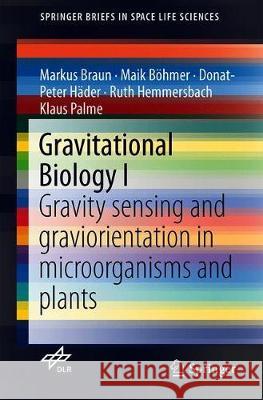Gravitational Biology I: Gravity Sensing and Graviorientation in Microorganisms and Plants » książka
topmenu
Gravitational Biology I: Gravity Sensing and Graviorientation in Microorganisms and Plants
ISBN-13: 9783319938936 / Angielski / Miękka / 2018 / 122 str.
Gravitational Biology I: Gravity Sensing and Graviorientation in Microorganisms and Plants
ISBN-13: 9783319938936 / Angielski / Miękka / 2018 / 122 str.
cena 221,90
(netto: 211,33 VAT: 5%)
Najniższa cena z 30 dni: 212,02
(netto: 211,33 VAT: 5%)
Najniższa cena z 30 dni: 212,02
Termin realizacji zamówienia:
ok. 22 dni roboczych
Bez gwarancji dostawy przed świętami
ok. 22 dni roboczych
Bez gwarancji dostawy przed świętami
Darmowa dostawa!
This book summarizes what is currently known about gravity sensing and response mechanisms in microorganisms, fungi, lower and higher plants;











